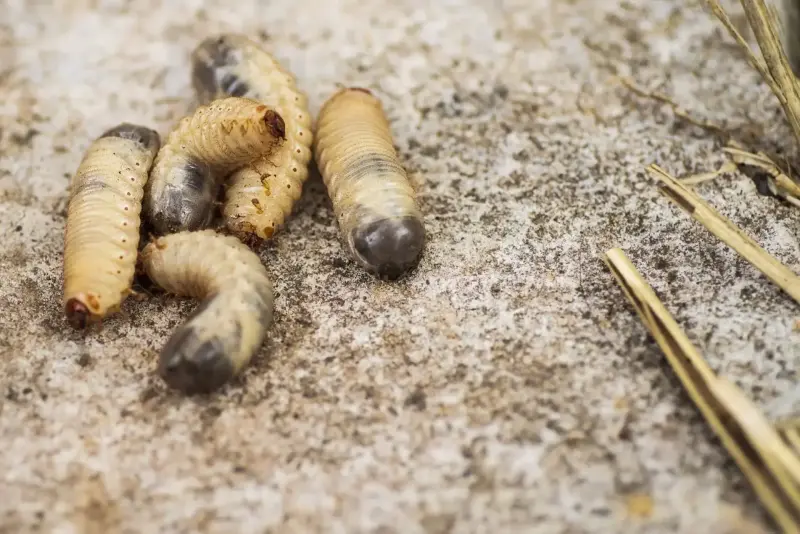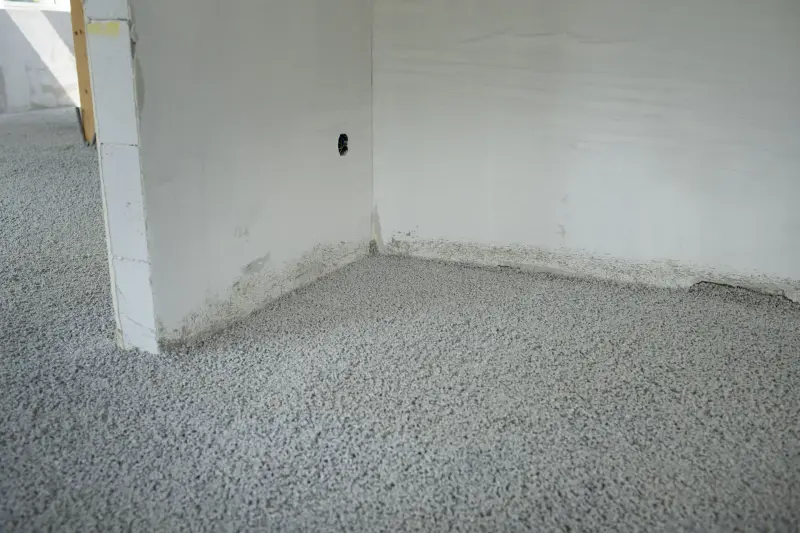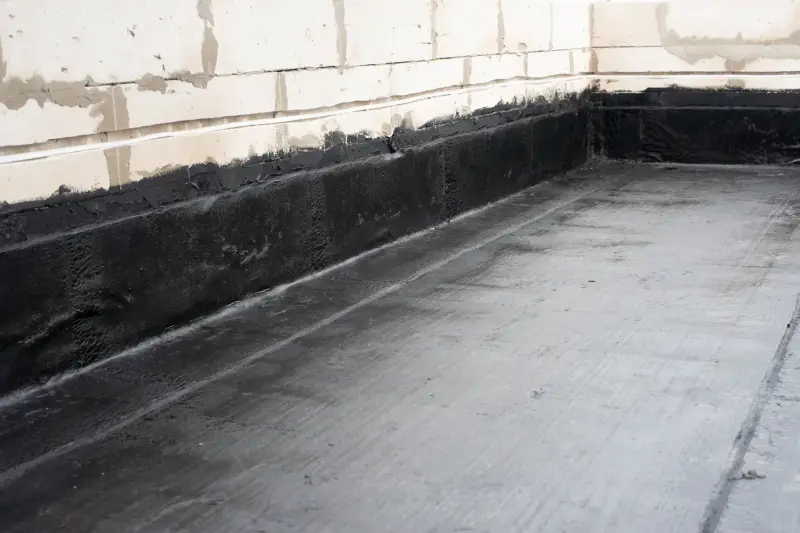Can Woodworm Harm Your Health?
While woodworms don't directly affect your health, the conditions surrounding a woodworm infestation can impact your well-being. Woodworms don't bite, sting, or transmit diseases to humans, therefore, any direct contact with the beetles or their larvae isn't considered dangerous. However, woodworm infestations are often associated with damp environments, which can encourage the growth of mould and mildew. Exposure to these fungi, especially in poorly ventilated spaces, can trigger respiratory problems, and allergies, or aggravate existing conditions like asthma.
Severely weakened floors, stairs, or beams from woodworm tunnelling can also increase the risk of slips, trips, or even structural collapses in extreme cases. In some cases, the treatments used to eradicate woodworms can pose temporary health concerns if they're not properly managed. Chemical insecticides and fumigants must be applied by trained professionals to ensure that all safety protocols are followed.
While woodworms don’t directly threaten your health, the conditions they thrive in and the aftermath of an untreated infestation can create safety and health concerns. Regular inspections, good ventilation, and addressing damp early on can help prevent woodworm infestations and reduce any indirect health risks.
Is Woodworm Dust (Frass) Dangerous?
Woodworm dust, also known as frass, is the fine, powdery substance that's left behind by wood-boring beetles as they tunnel through timber. Frass itself isn't toxic or inherently harmful, as it's mainly composed of wood particles and larvae excrement. In most cases, casual contact with frass, such as touching it or vacuuming it, is unlikely to cause any health issues. However, like any fine dust, inhaling large amounts of frass, especially in poorly ventilated or enclosed spaces, could irritate your respiratory system.
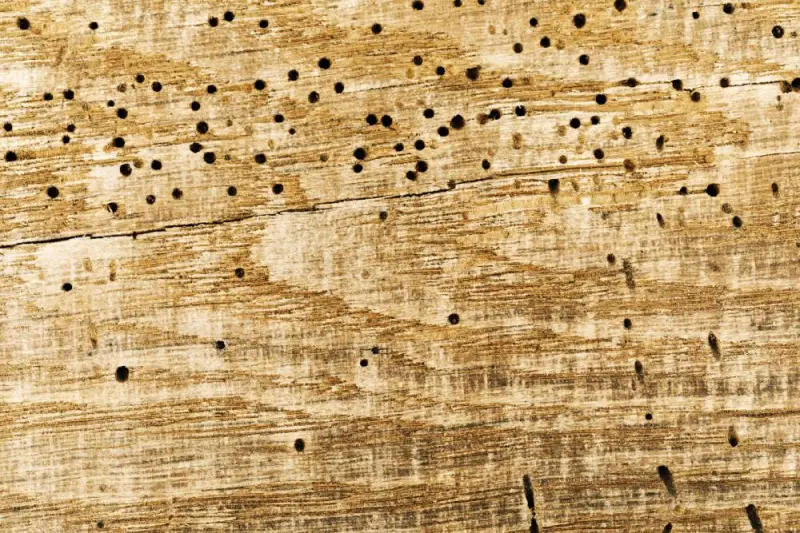
The main concern with frass isn't the dust itself, but what it signifies. Frass is a clear sign that woodworm larvae are active inside your timber, which could lead to serious structural damage if it's left untreated. Crumbling wood, exit holes, and fresh frass deposits are all indicators that you have an infestation.
While woodworm frass isn't dangerous in the traditional sense, it can cause mild respiratory irritation and is a warning sign of a potentially damaging pest problem. Addressing the underlying infestation quickly is the most effective way to protect both your property and your health.
The Real Risk: Structural Damage
Woodworms can be extremely dangerous when it comes to structural damage in homes and buildings. While they may appear small and harmless, wood-boring beetle larvae can cause timber to deteriorate significantly over time; weakening the structural integrity of your property. During the woodworm's larval stage, they carve out extensive tunnel networks inside the wood, which gradually reduces the strength, density, and load-bearing capacity of the timber. If left untreated, woodworms can compromise wooden beams, joists, floorboards, and roof timbers. The wood can also appear intact on the outside while being severely weakened within, creating a hidden danger.
Over time, the timber deterioration from woodworms can lead to sagging floors, creaking stairs, collapsed ceilings, and, in severe cases, complete structural failure. The extent of the damage depends on the type of beetle, the age and condition of the wood and how long the infestation has gone unnoticed. The Common Furniture Beetle, for example, can cause considerable damage to softwoods in floors and lofts, while other species like the House Longhorn Beetle target roof timbers and can cause severe deterioration.
Spotting early warning signs of woodworms, such as tiny exit holes, frass, crumbling wood or dead beetles is the key to preventing long-term damage. If woodworms are left unchecked, they can severely compromise your home’s structural stability.
When to Worry and What to Do
Woodworm infestations can be easy to overlook in their early stages, but knowing when to take action is crucial to protect your home from serious damage. You should begin to worry about woodworms when you notice clear signs of activity, such as small round exit holes in wood, frass, crumbling or damaged timber, tunnels inside the wood, or the presence of dead beetles near windows or wooden structures.
While woodworms themselves aren't dangerous, their larvae are, since they feed on the timber from the inside out. Over time, this can significantly weaken wooden beams, joists, floorboards, and furniture. Therefore, if you spot multiple signs of woodworms or suspect that any load-bearing timbers are affected, it’s crucial to act immediately. Pest controllers can confirm whether the infestation is active or not, which can be difficult to do without professional expertise. A qualified surveyor or pest control specialist can conduct a thorough inspection, identify the species of beetle involved, and determine whether the infestation is ongoing.
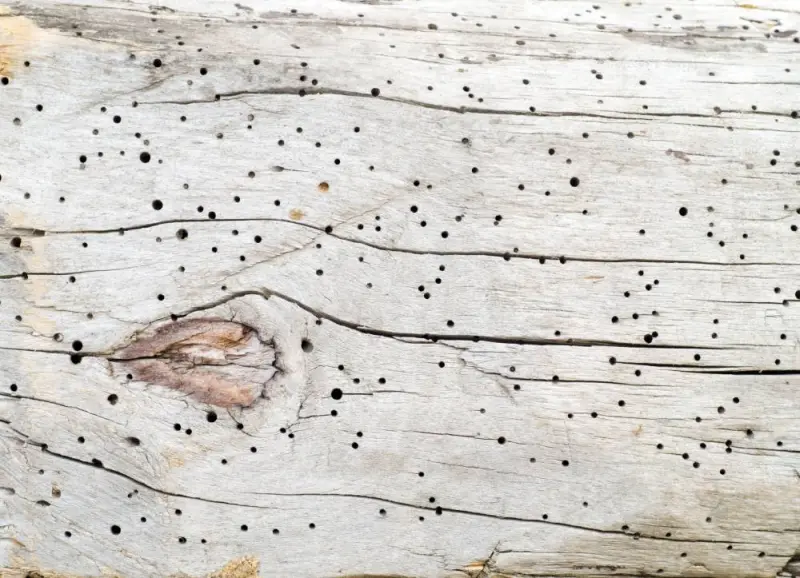
Once the infestation has been confirmed, a range of treatment options can be implemented based on the type and extent of the problem. The common solutions include applying chemical insecticides to kill larvae within the wood, fumigation services for severe infestations, and replacing damaged timber. Additionally, woodworms thrive in damp, poorly ventilated environments, so improving your airflow and reducing moisture levels can help prevent future infestations.
Above Water Damp Proofing Ltd provides expert woodworm treatment services to help protect your home from structural damage. Our professional team can identify infestations, assess the condition of your timber, and apply effective treatments to eliminate wood-boring beetles. We ensure you have peace of mind and lasting protection against woodworms.

